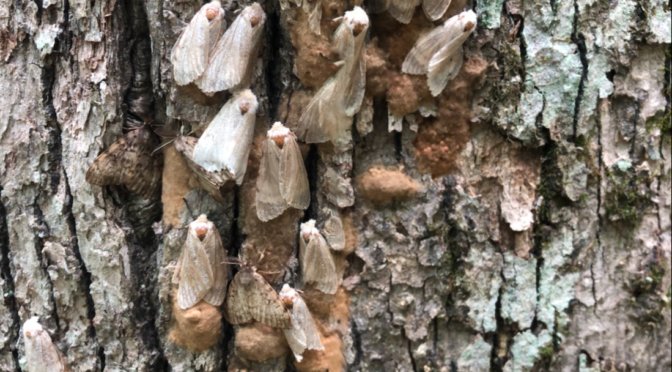Wild Times at Pine Hill Park
Spring, 2021 Summary
By Tom Estill
I always make a point of going on hikes throughout the forest during the first day of each season. On the first day of this spring I saw my first robin. They always seem to arrive at Pine Hill Park on, or very close to, the first day of spring. What I’m wondering is if this will be the case years from now. Also on this first day of spring, mourning doves were “cooing”, turkey vultures were flying overhead, and crows, tufted titmouse, black-capped chickadees, white-breasted nuthatches, hairy woodpeckers and cardinals were all flying about.
The lower Giorgetti trails were mostly bare ground with icy and snowy patches in protected spots, while the upper trails had much more snow covering the ground.
Both Rocky and Muddy ponds were mostly still frozen over, with a few small perimeter areas starting to show open water. The haunting sound of under ice rumblings could be heard at both ponds, as the ice was beginning to break up.
Gray squirrels and Eastern chipmunks were scurrying around, looking for acorns left over from the previous fall. Wintergreen was covering bare ground areas.
The next day(March 21st) I went back to the park and saw a few Canada geese at Muddy Pond in a small area of open water, along with northern juncos, and a pileated woodpecker. The first butterfly of the season, a Compton tortoiseshell, was also seen.
On March 27th, both ponds were now almost completely open, with only a few small areas on the west sides of both ponds showing the presence of ice. Wood frogs could be heard calling for the first time in areas where they’ve always been heard at the beginning of the season, and that is the Rocky Pond outlet area, and a wetland area in the woods at the south side of Rocky Pond. Also, a mourning cloak butterfly was seen on Trail 16A, near one of the American Chestnut planting plots, just where I see them at this same time every year.
On April 5th, the first wildflower, Coltsfoot, made its appearance. It’s always the first plant to flower. This was also the day I saw my first yellow-bellied sapsucker and Eastern Newt at Rocky Pond.
A few days later, trout lily leaves were starting to emerge from the forest floor, and oak trees were beginning to flower. One osprey was seen sitting on last years’ nest. Spring peepers were also heard for the first time. And I noticed many small insects flying about. Painted turtles were sunning themselves at Muddy Pond. For the most part, the forest was still very quiet.
During the middle of April, temperatures were cold on a very quiet evening walk through the forest. Wild lily-of-the-Valley leaves were emerging from the forest floor and a hermit thrush was singing its beautiful evening flute-like song. Beavers were active on the west side of Muddy Pond, and a single osprey was on its nest.
On May 1st, I went for a quiet evening walk and saw black-capped chickadees, tufted titmouse, hairy and pileated woodpeckers, robins, hermit thrush, yellow-throated vireo, and belted kingfishers and 3 osprey at Muddy Pond. In the pond were seen a large snapping turtle, painted turtles, and a river otter. Trout lily and wood anemone were in flower.
On May 9th while on an early morning bird walk, not only did I see the usual contingent of early spring birds, but also saw the relatively uncommon red-breasted nuthatch, the first time I had ever seen that bird at Pine Hill Park. A house wren could be heard singing near the trailhead.
On May 22nd, I saw my first firefly of the season, MUCH earlier than usual. A large black northern water snake was seen at Rocky Pond, and Moccasin flower, Jack-in-the-pulpit, and foam flower were all flowering. Many birds were seen, including South American migrants.
Birds seen included Hairy woodpecker, yellow-bellied sapsucker, Eastern pewee, least flycatcher, tufted titmouse, black-capped chickadee, white-breasted nuthatch, hermit thrush, veery, ovenbird, red-eyed vireo, yellow-throated vireo, black and white warbler, chestnut-sided warbler, American redstart, indigo bunting, and rufous-sided towhee.
On May 31st, the Wild American Chestnut tree was finally located on Svelte Tiger trail. Tree leaves had finally emerged, and the specific tree was easily identified.
During a walk the first week of June, I noticed large numbers of partially eaten tree leaves covering just about every trail in the park, and soon realized that the park is undergoing an infestation of gypsy moth caterpillars. By June 10th, the infestation was so bad that if you stood quietly on a secluded trail, you could hear the droppings of the caterpillars falling on the ground and upon other leaves. It sounded like a gentle rain. I’ve been hiking Pine Hill Park since 2013, and never saw as bad an infestation as this year.
I measured the height of the Wild American Chestnut tree on June 10th, and found the tree to be 66’ tall. Unfortunately, though healthy looking, it did show signs of the blight infection. On my hike back to the trailhead, I came across a recently born fawn. It calmly walked right in front of me and off into the forest.
On a walk in mid-June, I was surprised to see a Cedar Waxwing in the forest. I usually don’t see them until the end of summer, and always up around Rocky Pond. An Eastern tiger swallowtail butterfly was seen feeding on red clover, bullfrogs were croaking at Rocky Pond, and American redstart warblers and tufted titmouse birds were seen feeding on gypsy moth caterpillars. Hopefully, these, and other, predatory birds will keep the gypsy moth caterpillar numbers in check.
That’s it for this issue. Please stay on the trails, and enjoy the Wild Times of Pine Hill Park.
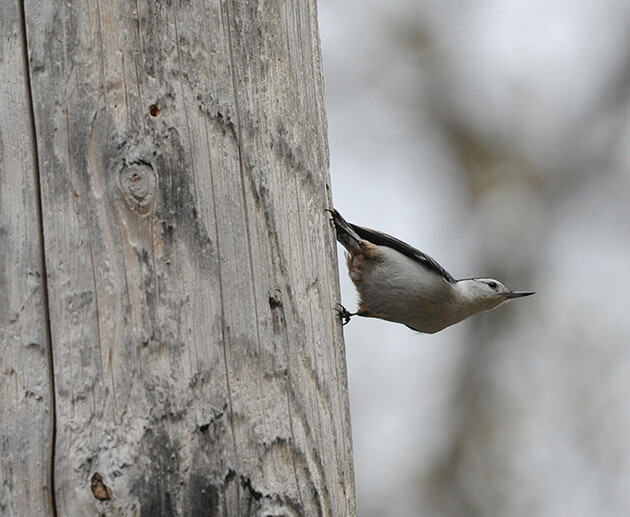
White breasted nuthatch 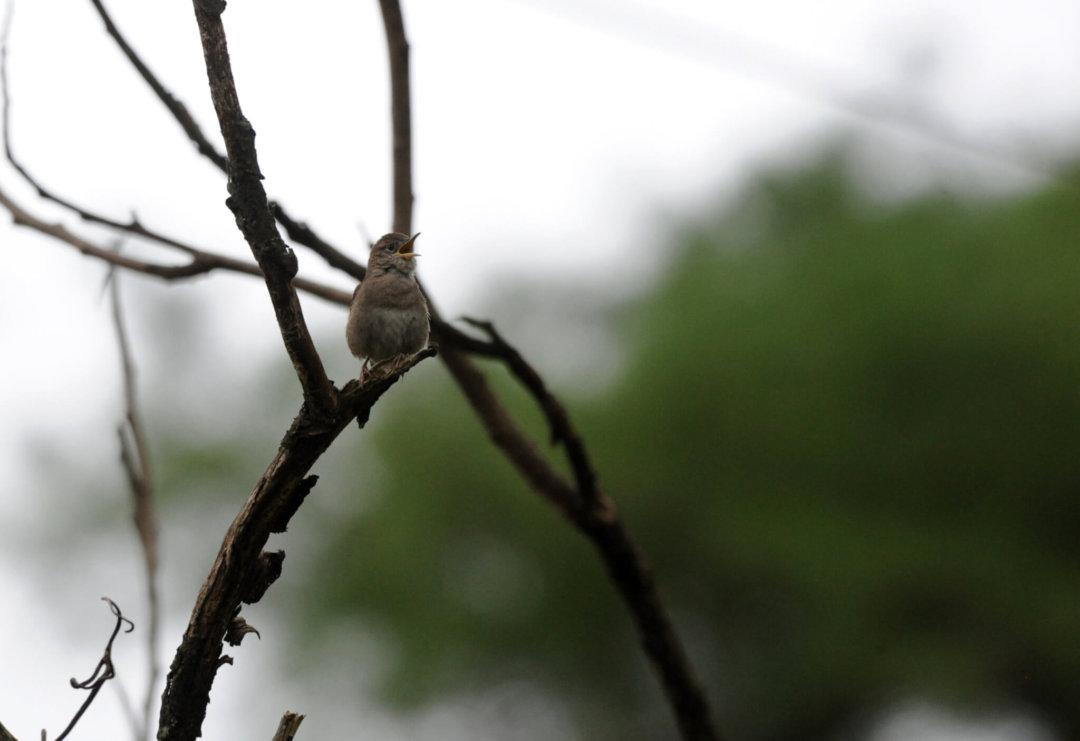
House Wren 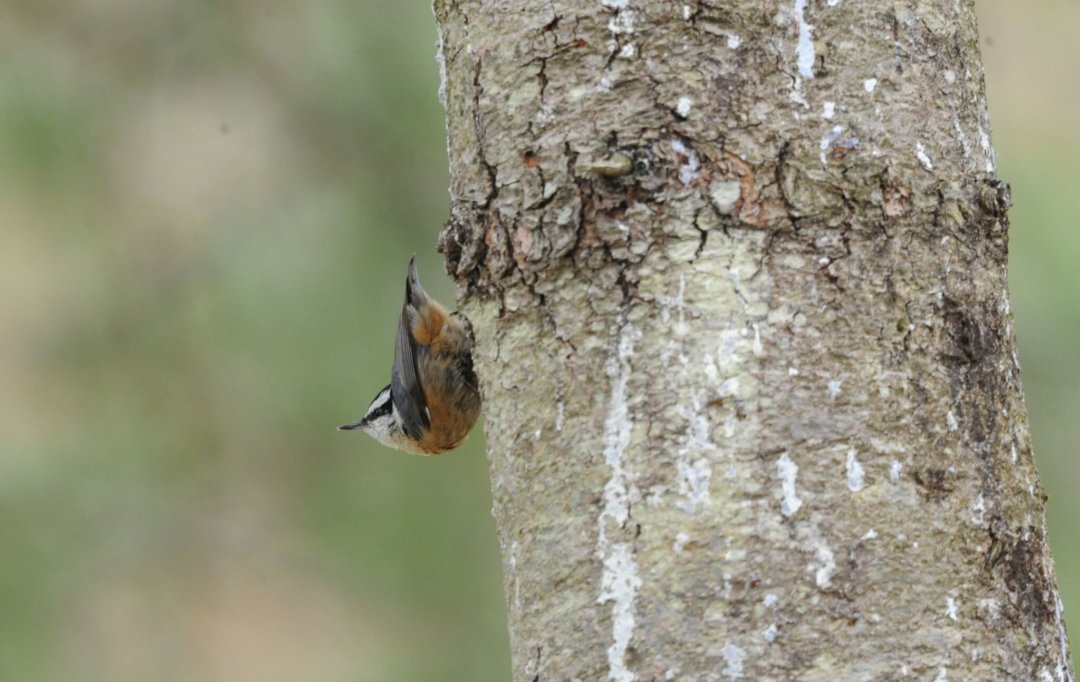
Red breasted nuthatch
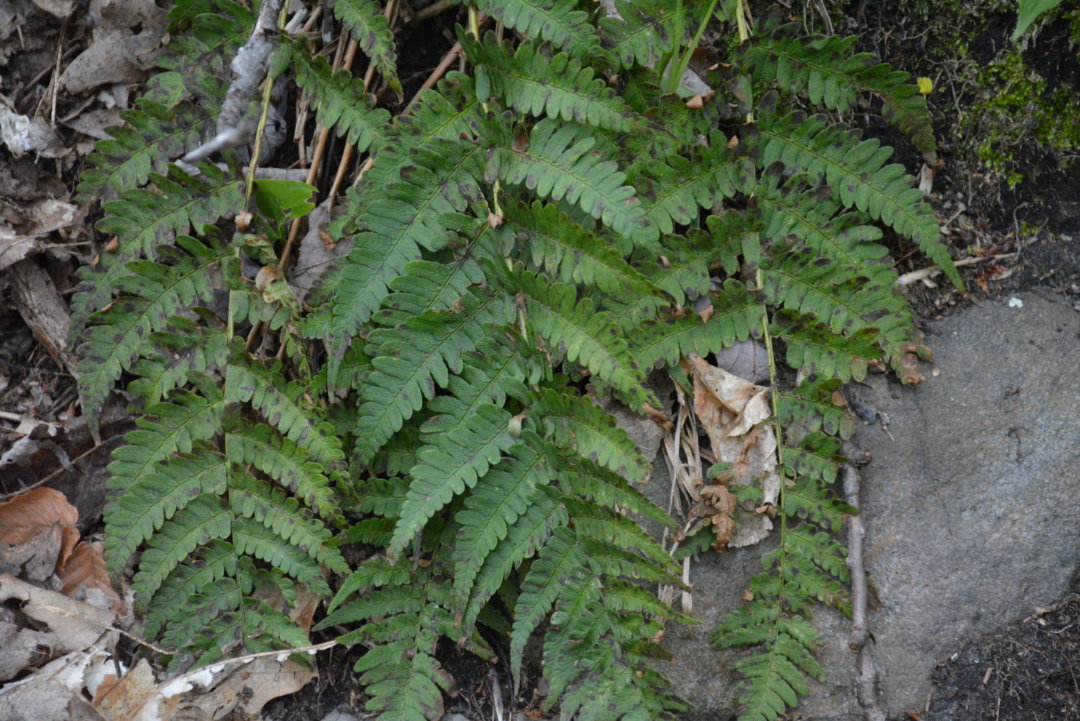
Marginal wood fern 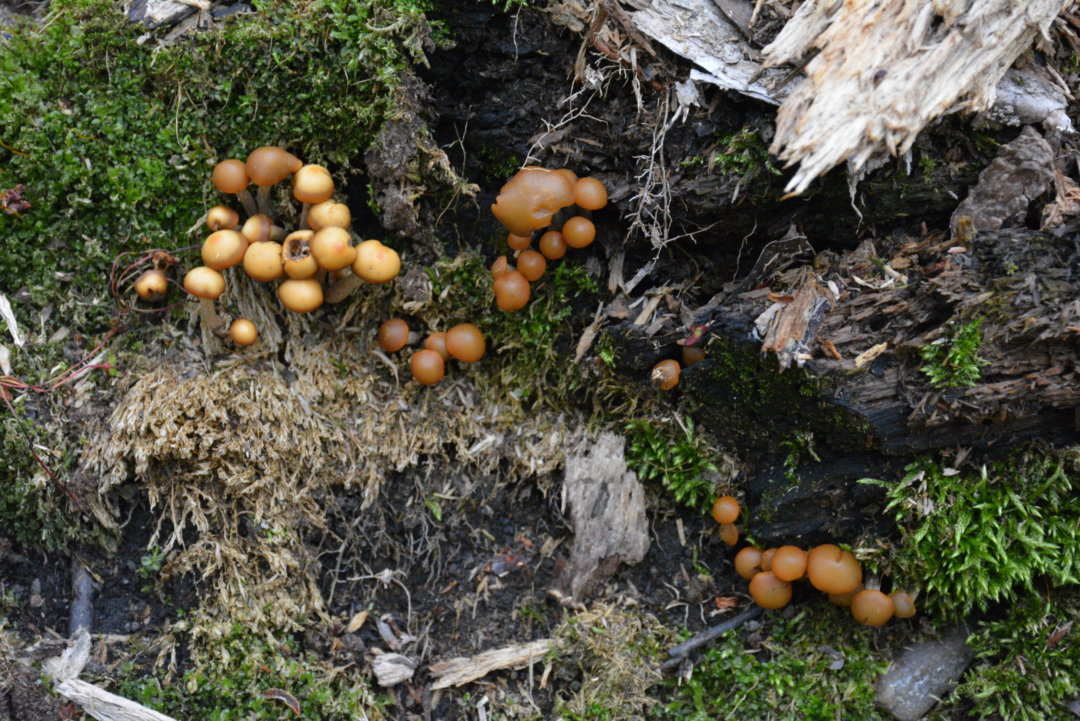
Mushrooms 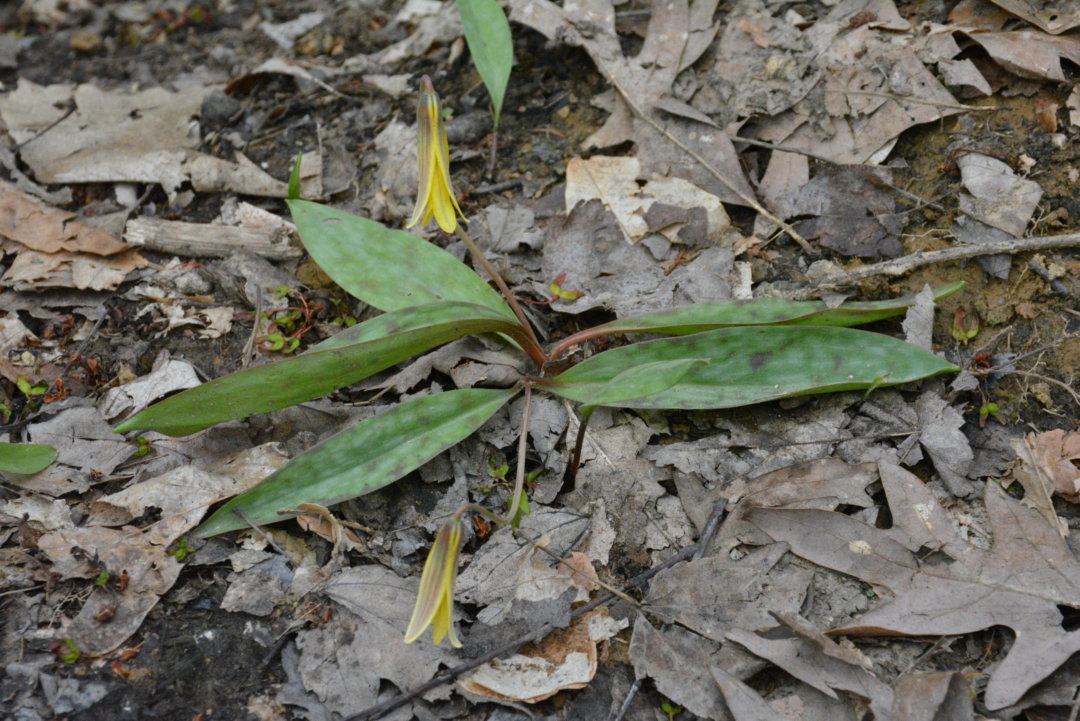
Trout Lily

